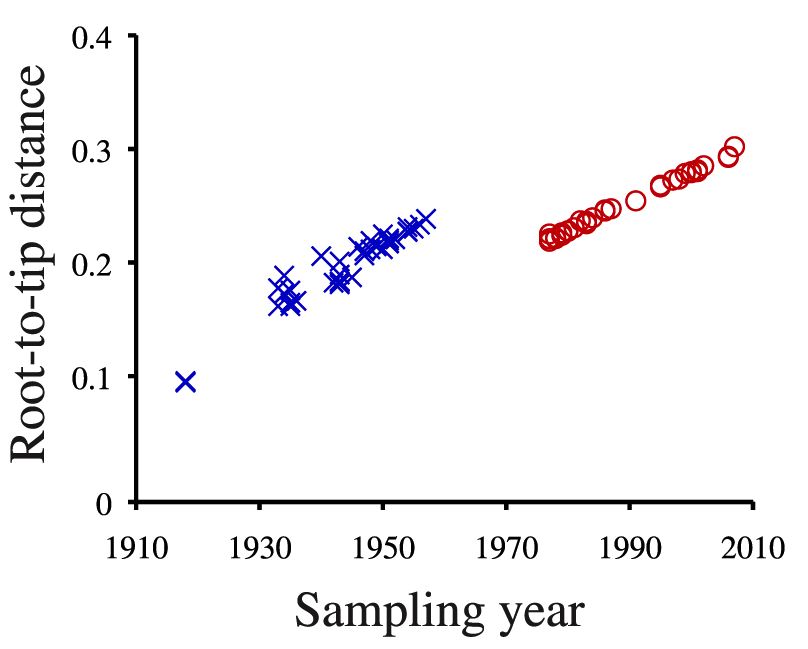Real-time genomic surveillance of pathogen evolution and spread
Trevor Bedford (@trvrb)
8 Mar 2017
Gordon Research Conference on Chemical and Biological Terrorism Defense
Ventura, CA
Slides at bedford.io/talks/
Spread of plague in 14th century
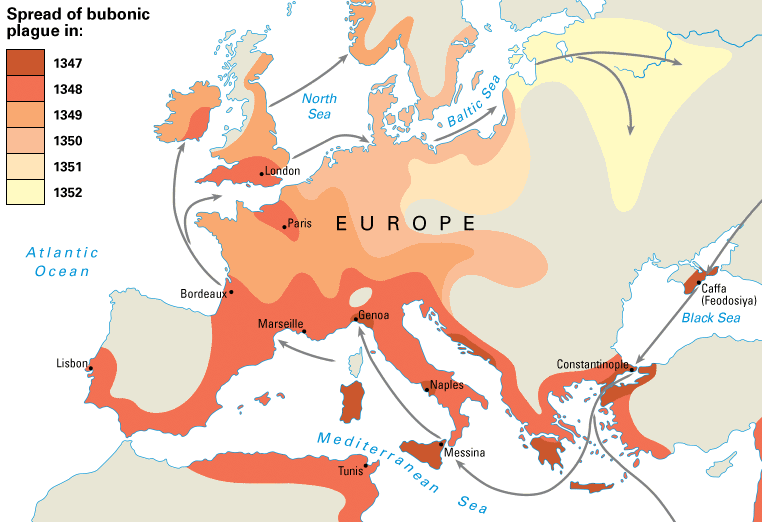
Spread of swine flu in 2009
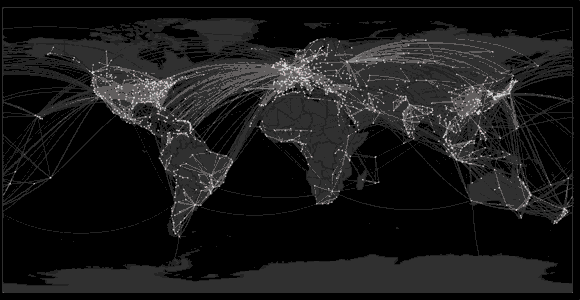
Sequencing to reconstruct pathogen spread
Epidemic process
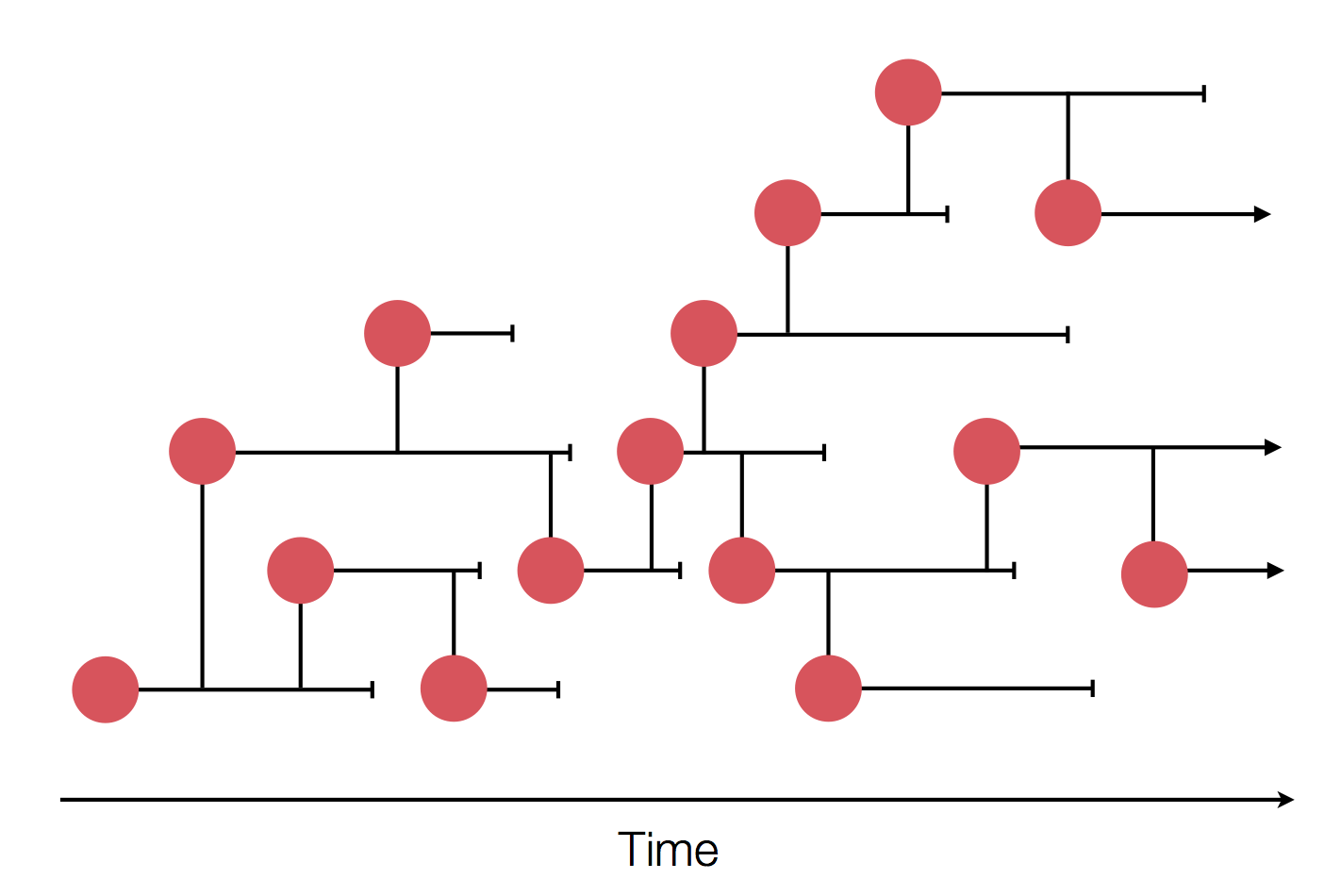
Sample some individuals

Sequence and determine phylogeny
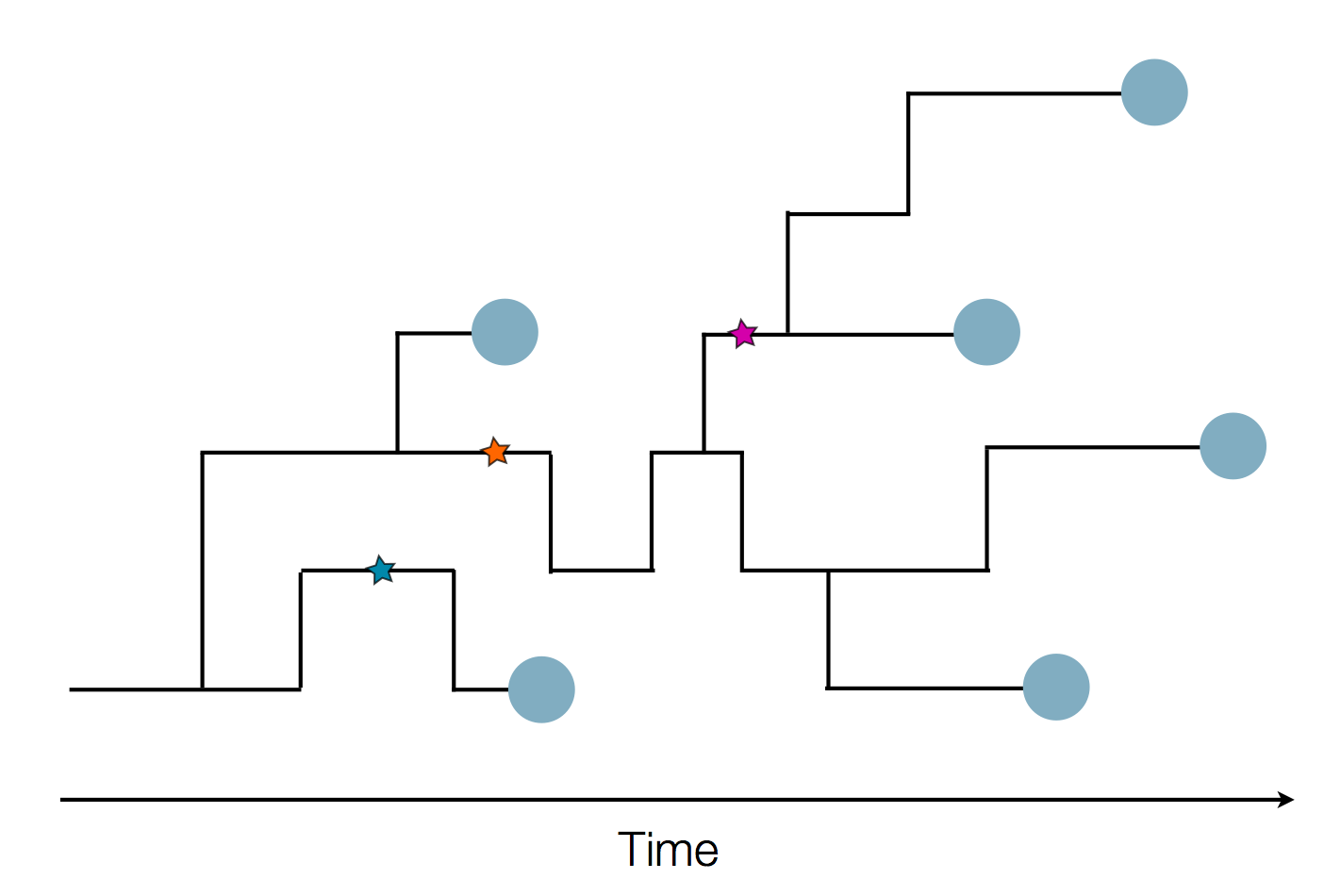
Sequence and determine phylogeny

Localized Middle Eastern MERS-CoV phylogeny
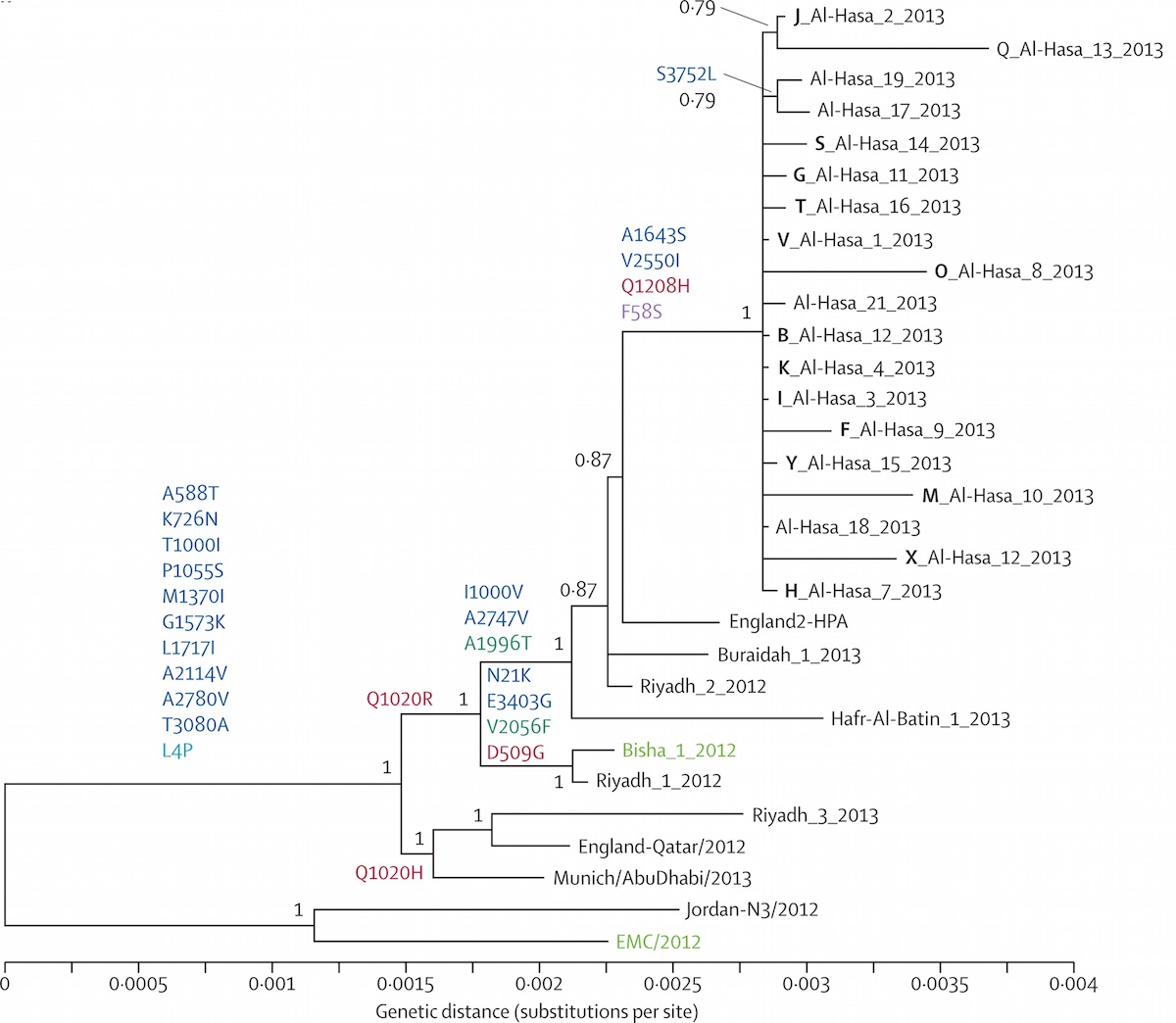
Regional West African Ebola phylogeny

Global influenza phylogeny
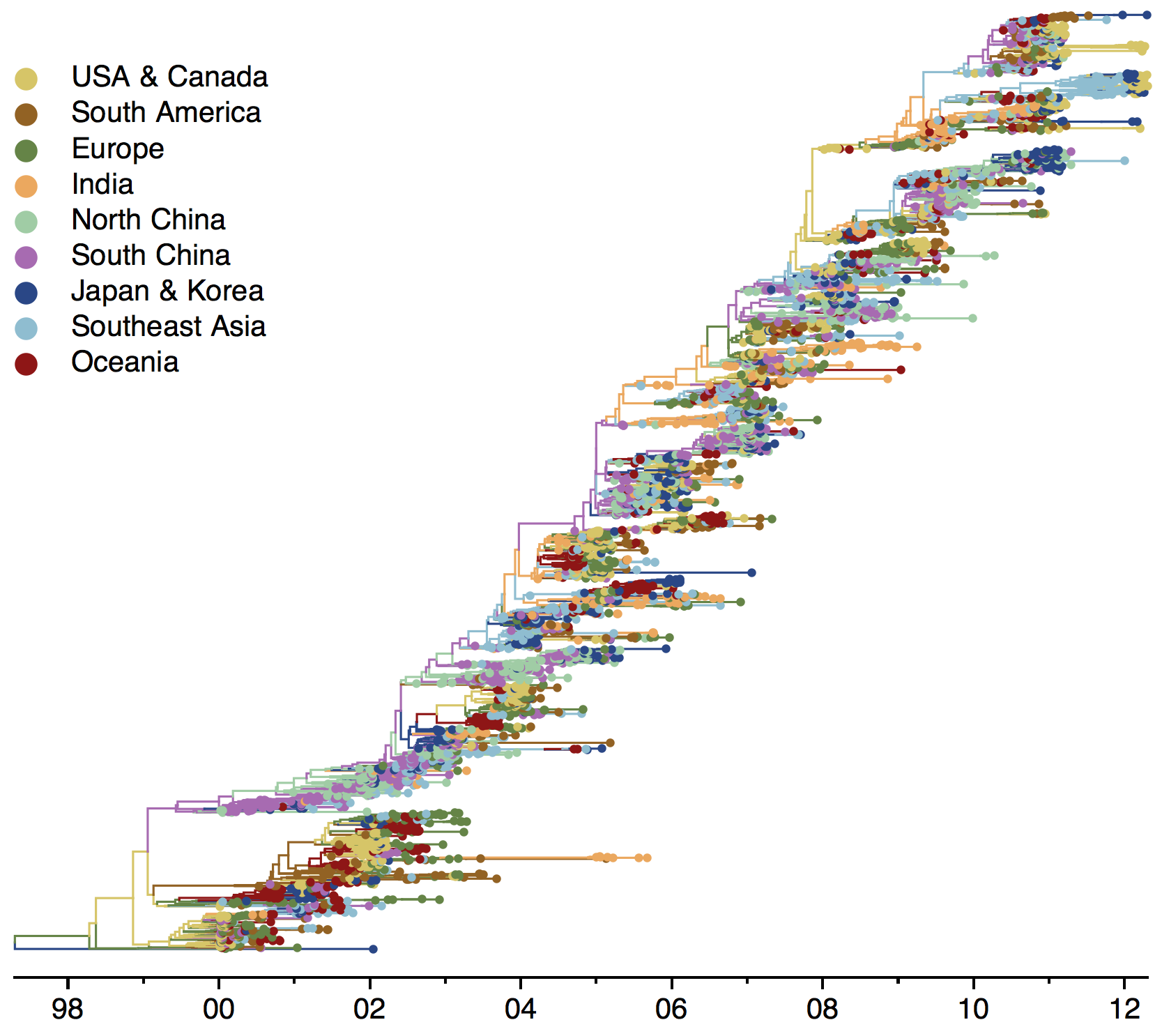
Phylogenetic tracking has the capacity to revolutionize epidemiology
Outline
- Ebola spread in West Africa
- Zika spread in the Americas
- "Real-time" analyses
Ebola
Tracking geographic spread of the Ebola epidemic
with Gytis Dudas, Luiz Carvalho, Marc Suchard, Philippe Lemey, Andrew Rambaut
and many others
Sequencing of 1610 Ebola virus genomes collected during the 2013-2016 West African epidemic

Phylogenetic reconstruction of evolution and spread

Initial emergence from Guéckédou

Tracking migration events

Factors influencing migration rates
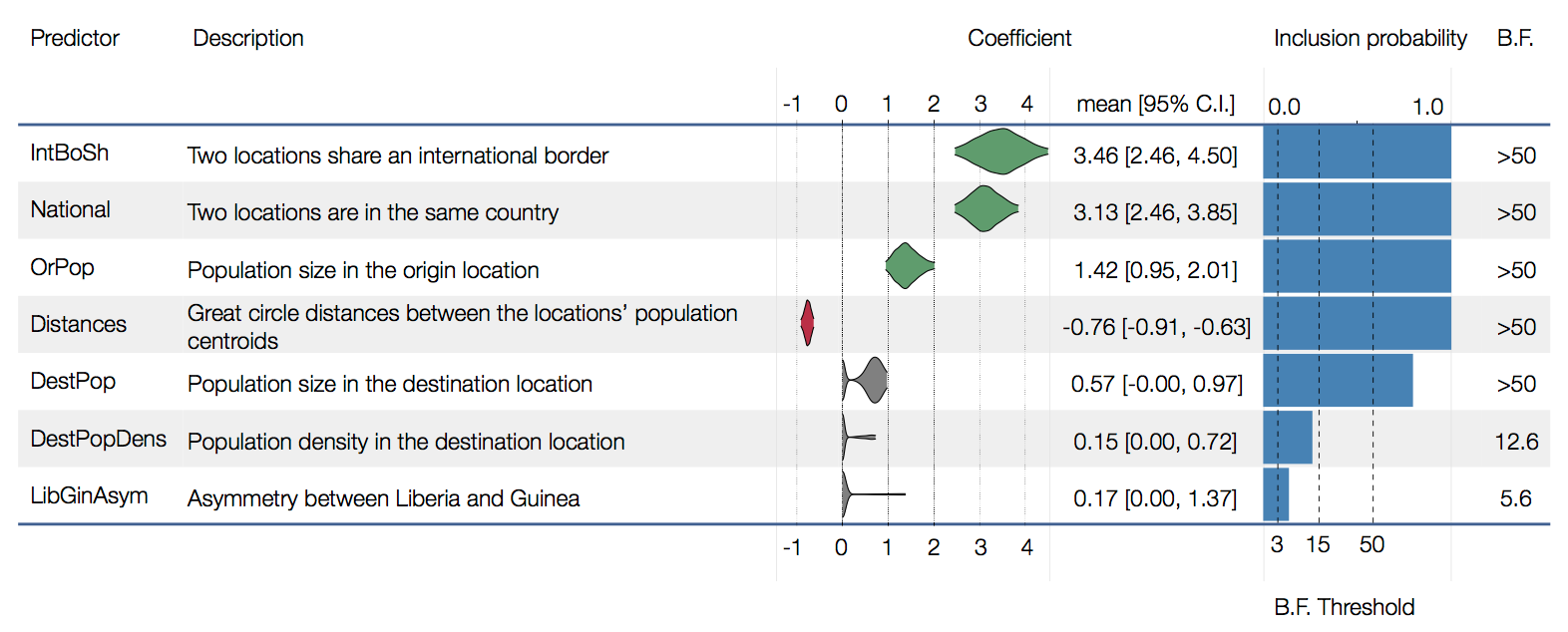
Effect of borders on migration rates
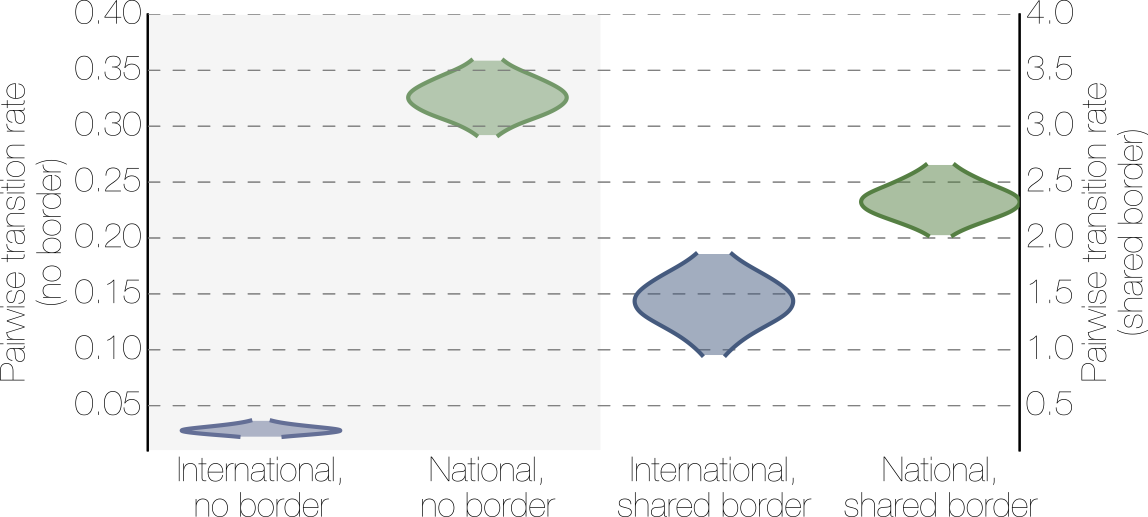
Spatial structure at the country level
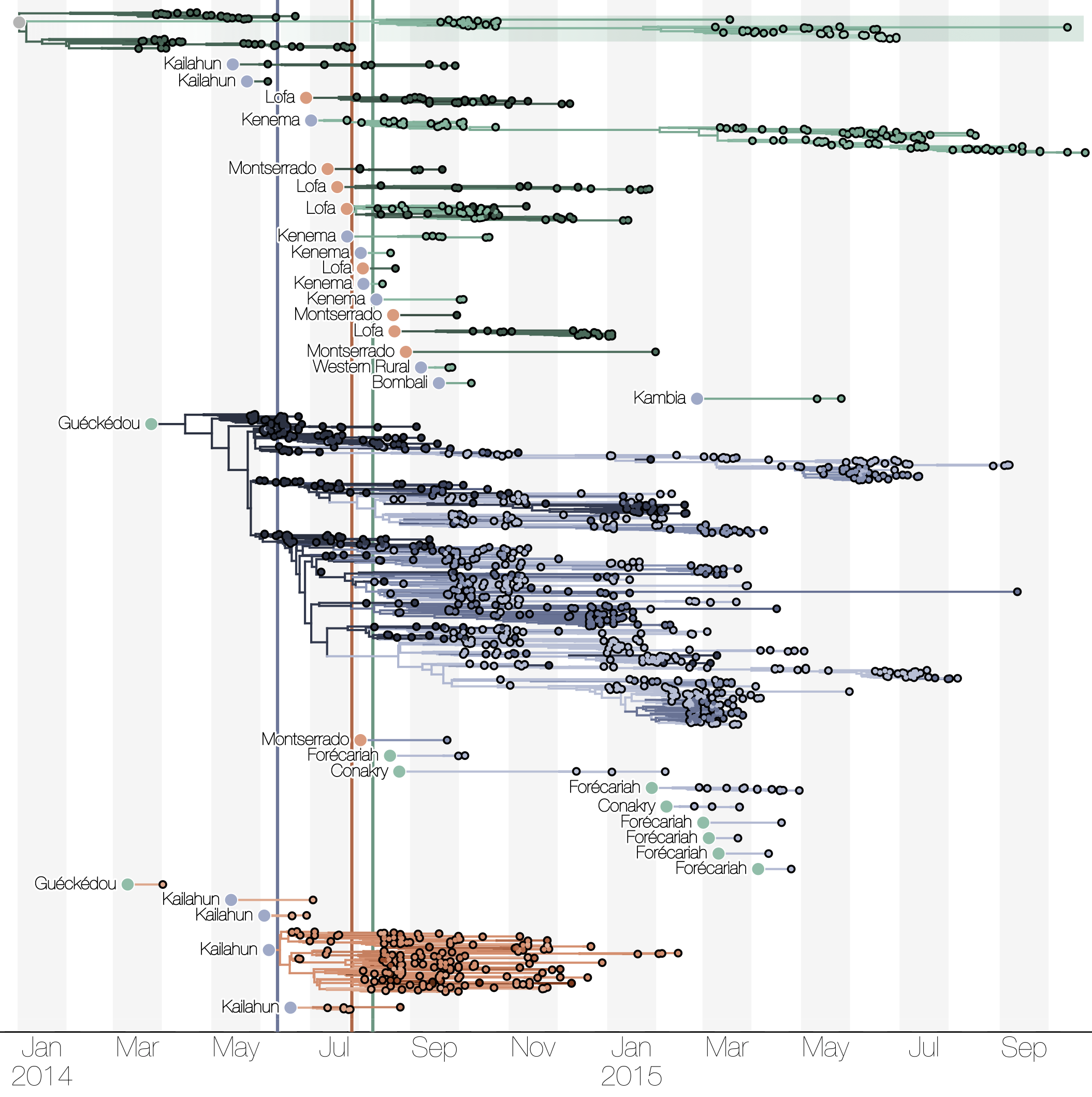
Substantial mixing at the regional level

Regional outbreaks due to multiple introductions
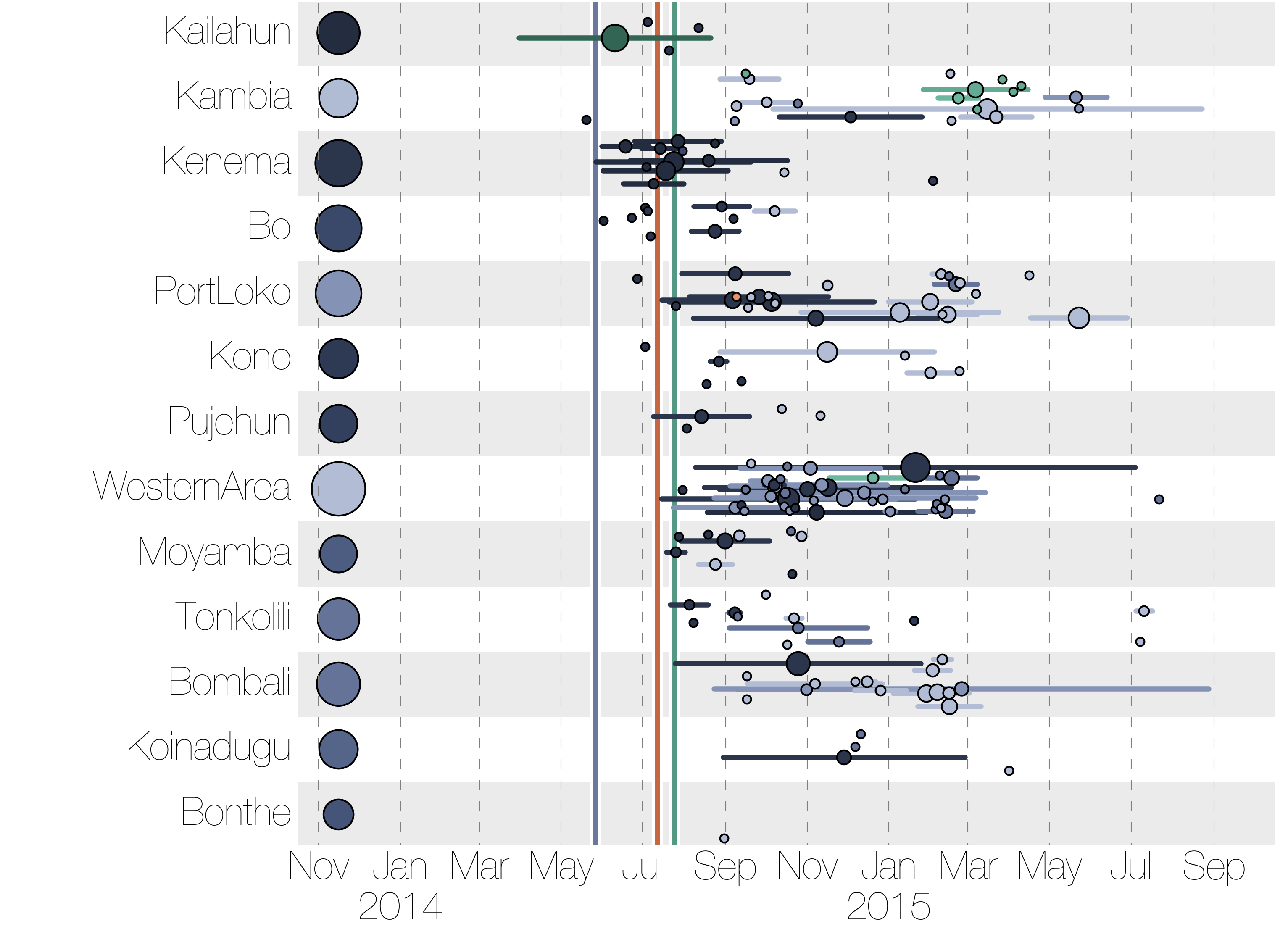
Each introduction results in a minor outbreak

Ebola spread in West Africa followed a gravity model with moderate slowing by international borders, in which spread is driven by short-lived migratory clusters
Adaptive evolution over the course of the Ebola epidemic
with Danny Park, Gytis Dudas, Shirlee Wohl, Pardis Sabeti, Bob Gary, Andrew Rambaut,
and many others
Quantify selection by looking at transmitted variants
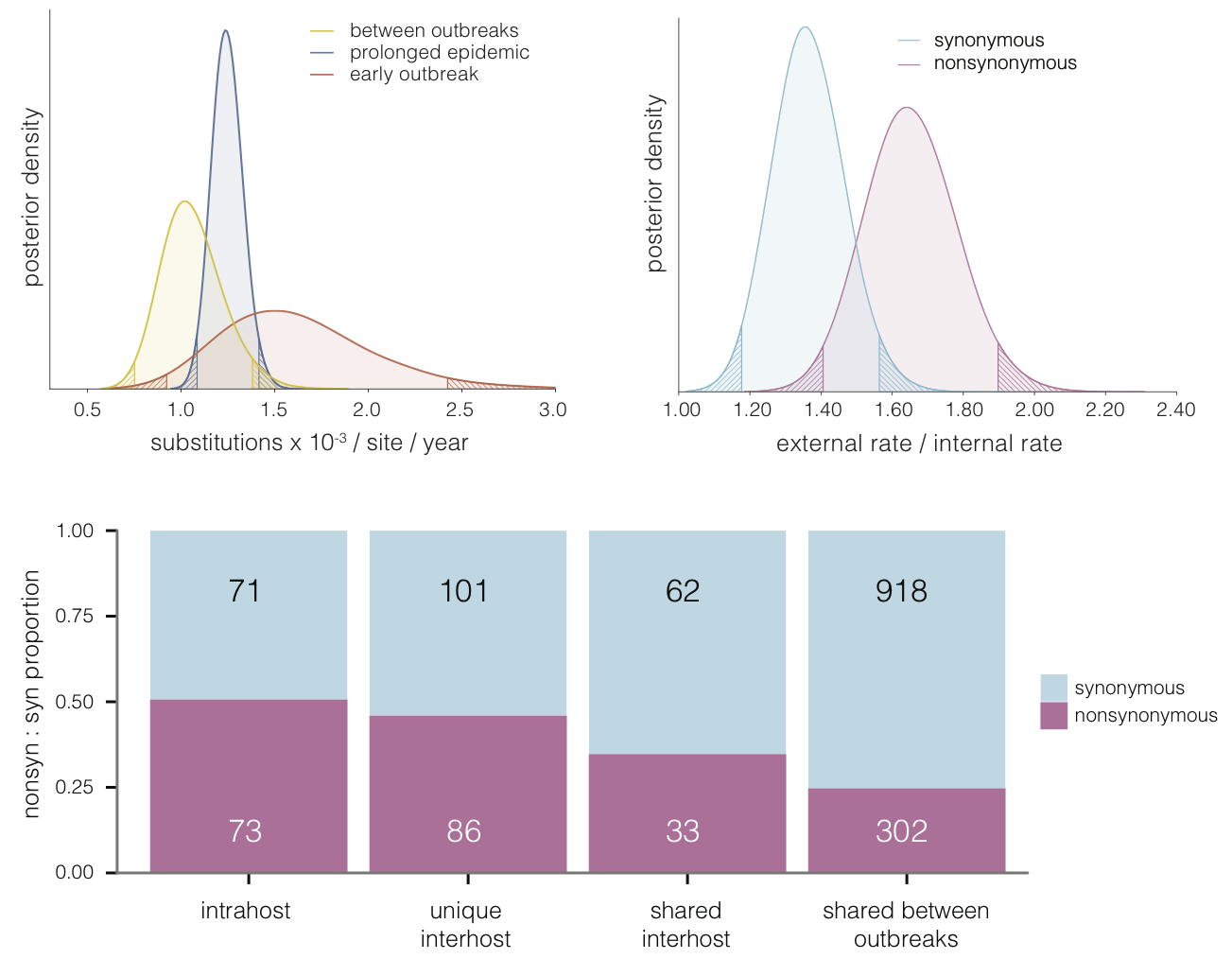
Can look at selection across the genome
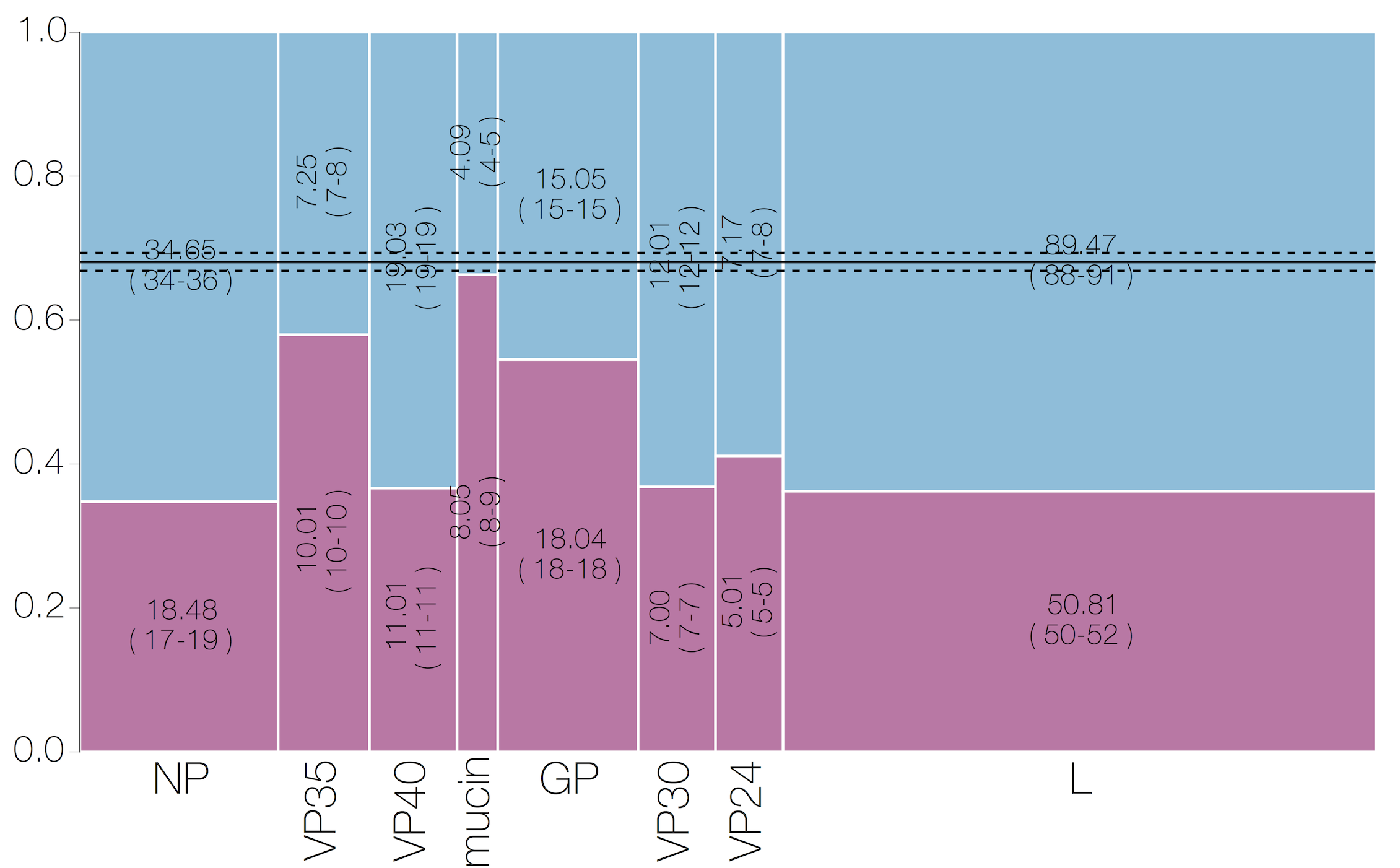
Confirmed later through functional assays by Diehl et al and Urbanowicz et al
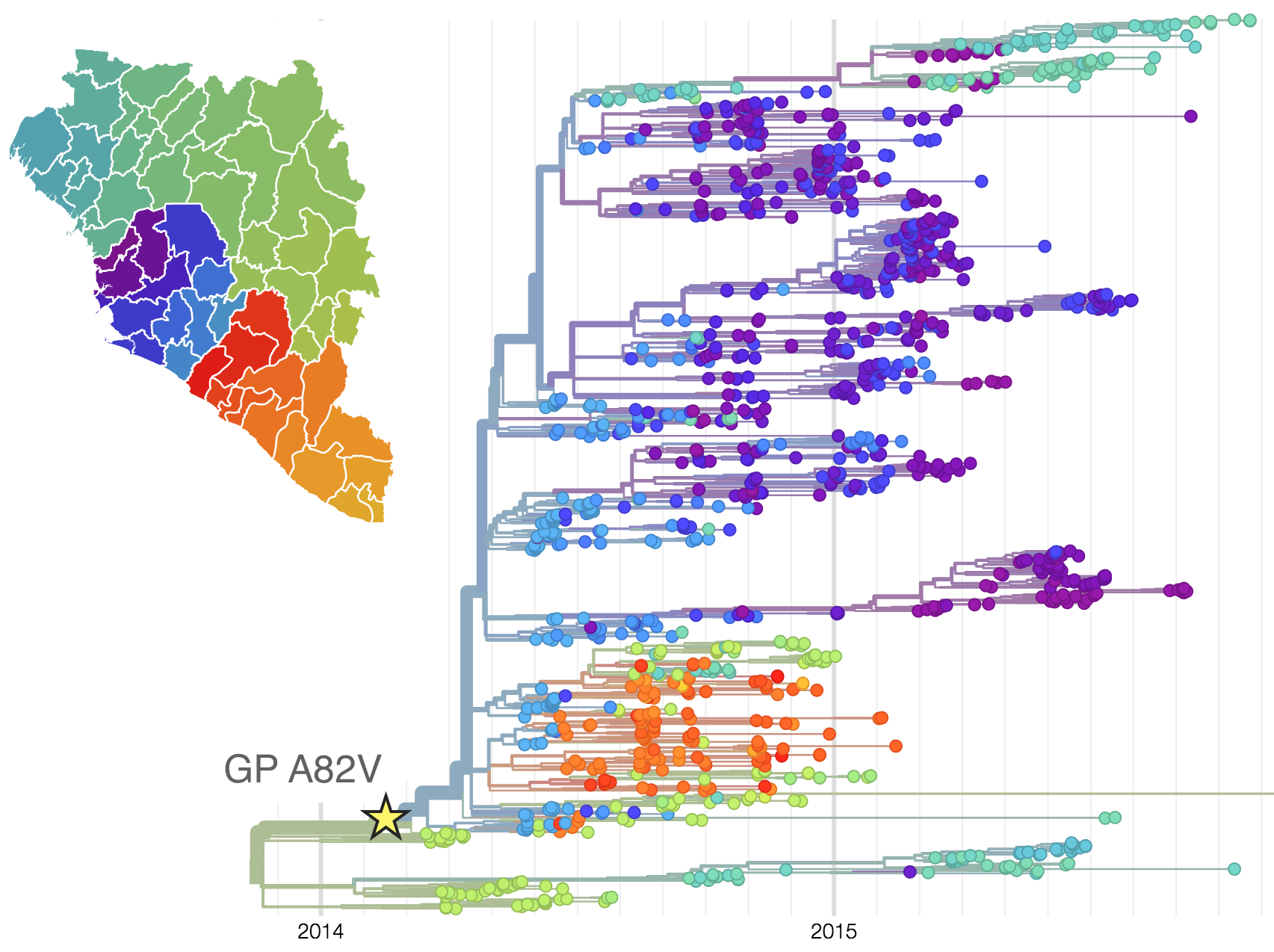
Zika
Zika's arrival and spread in the Americas
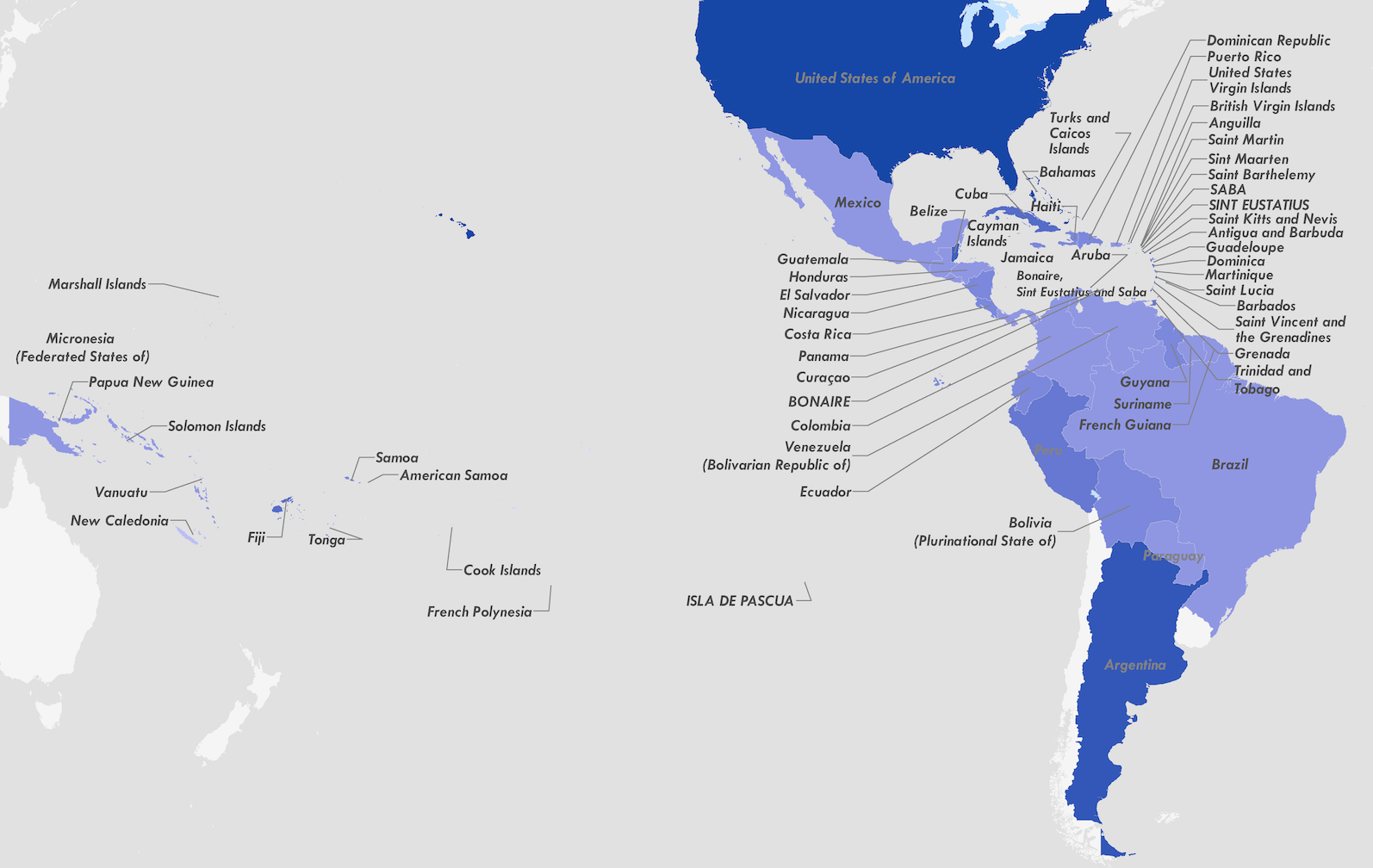
Tracking origins of the Zika epidemic
with Nuno Faria, Nick Loman, Oli Pybus, Luiz Alcantara, Ester Sabino, Josh Quick, Allison Black, Ingra Morales, Julien Thézé, Marcio Nunes, Jacqueline de Jesus, Marta Giovanetti, Moritz Kraemer, Sarah Hill and many others
Road trip through northeast Brazil to collect samples and sequence
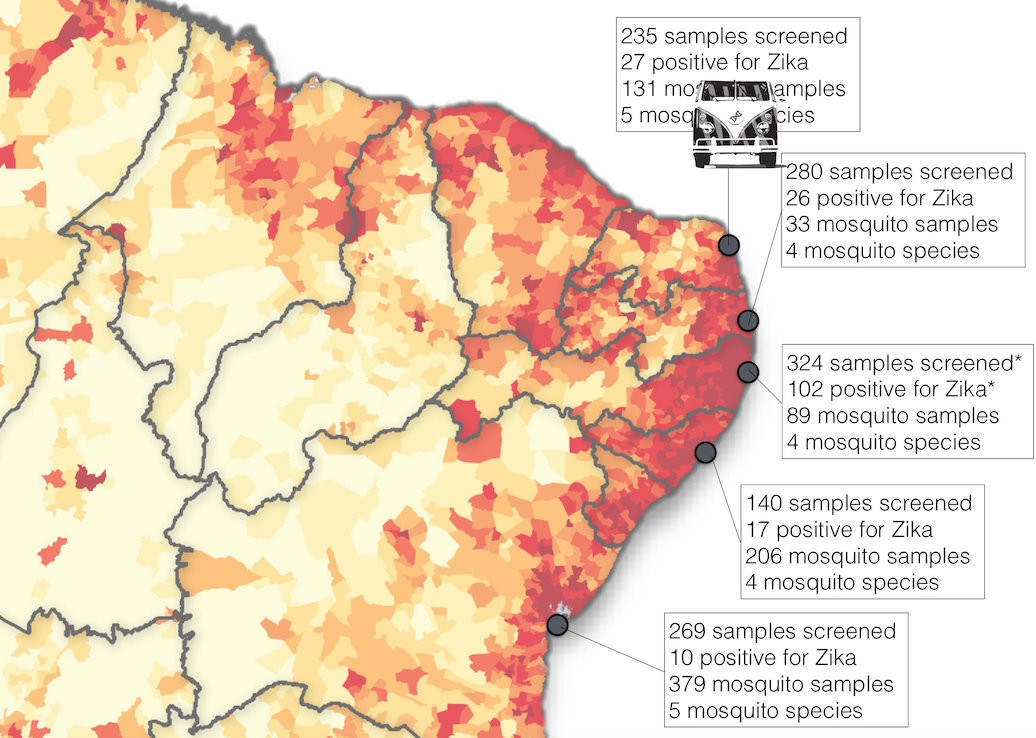
Case reports and diagnostics suggest initiation in northeast Brazil
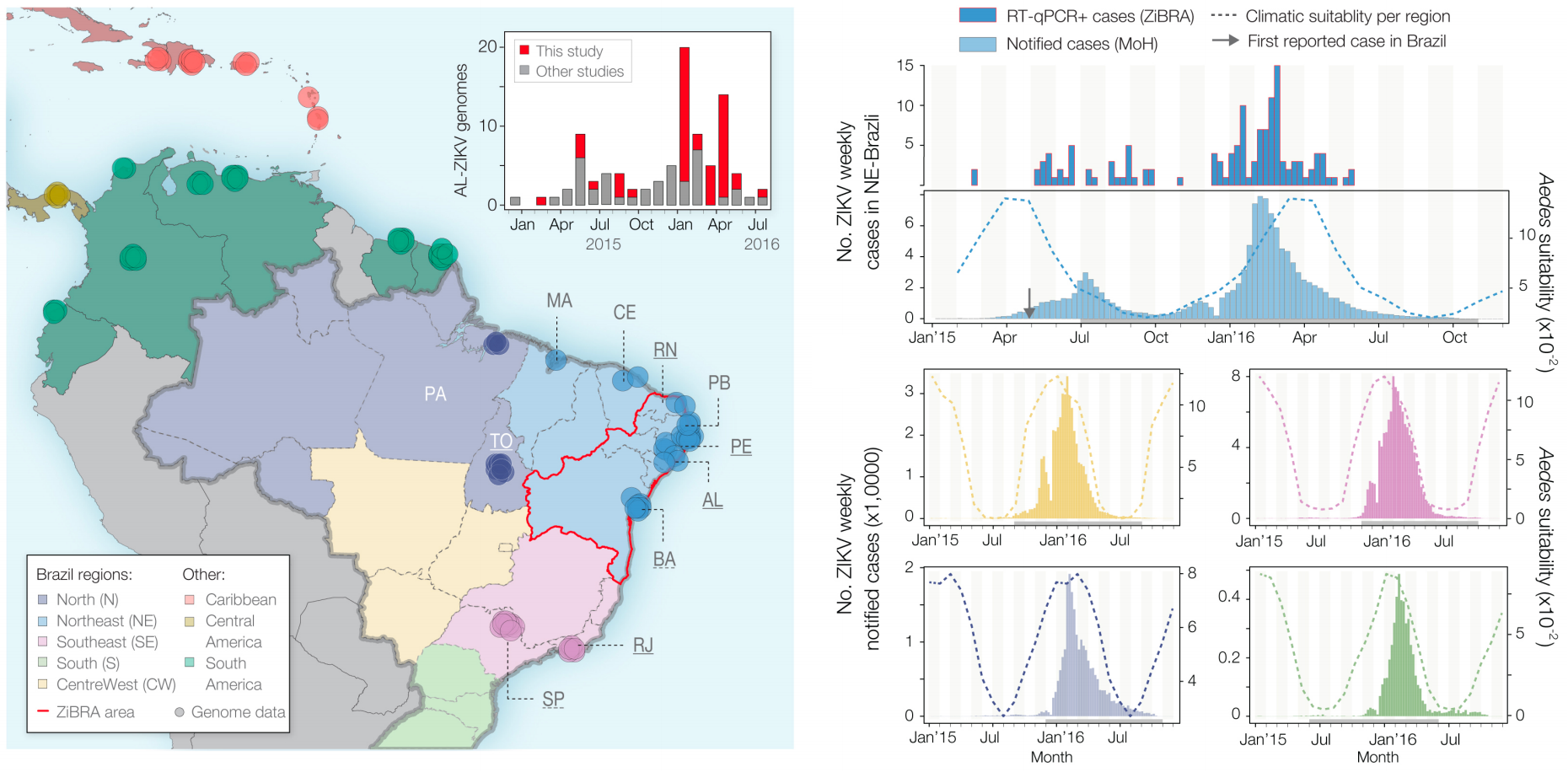
Sequencing shows accumulating genetic diversity
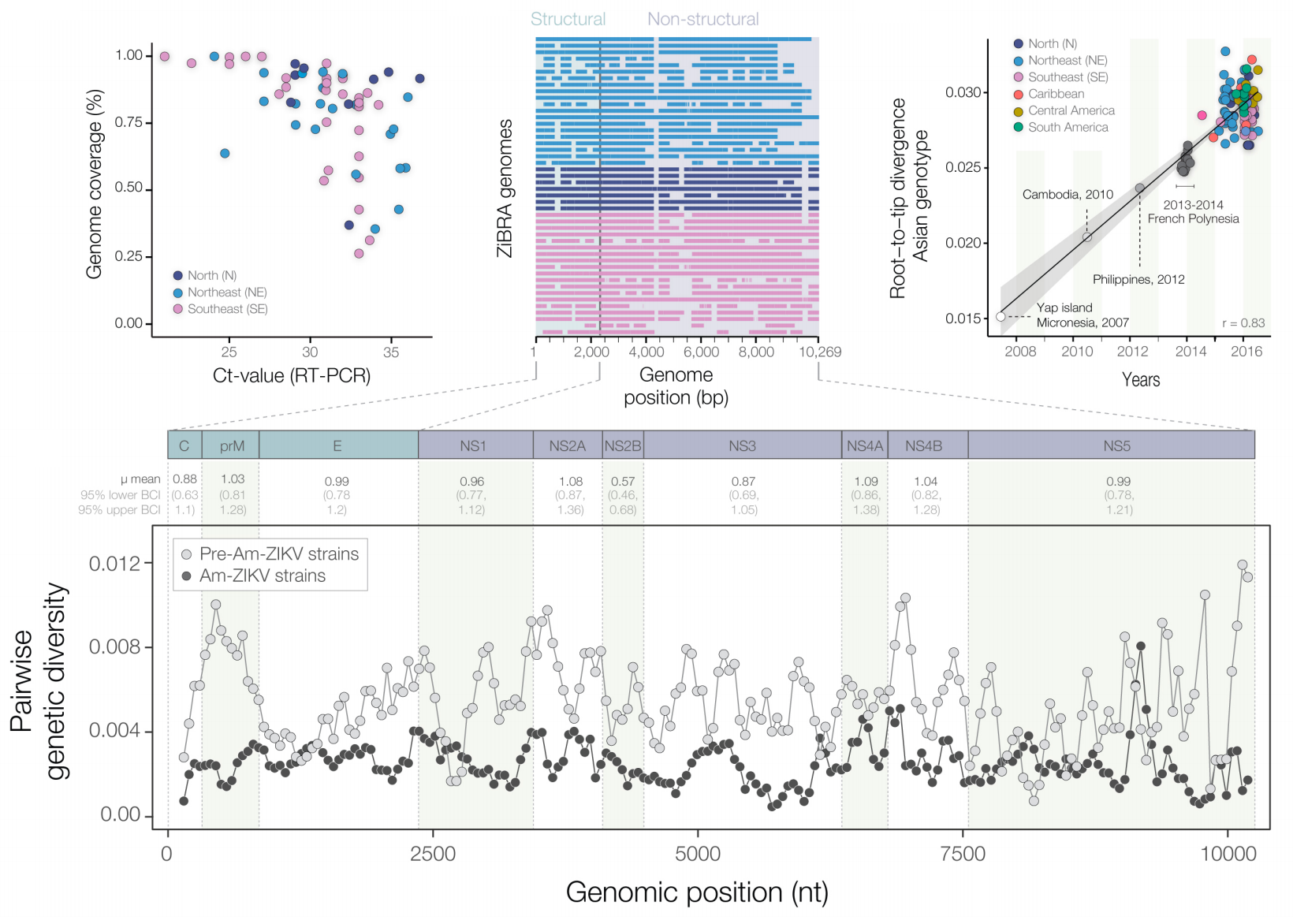
Phylogeny infers an origin in northeast Brazil
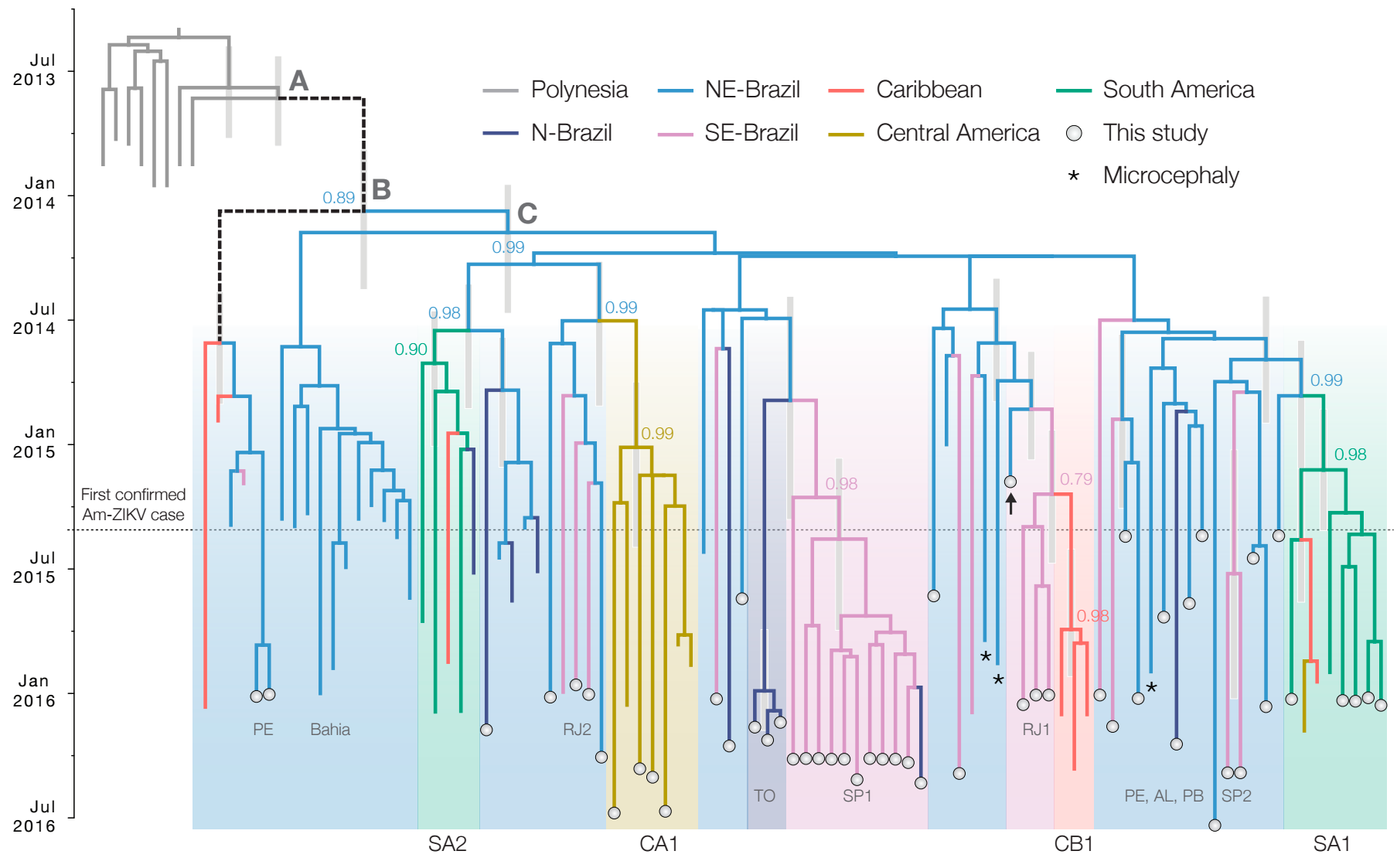
Local spread of Zika in Florida
with Kristian Andersen, Nathan Grubaugh, Jason Ladner, Gustavo Palacios, Sharon Isern, Oli Pybus, Moritz Kraemer, Gytis Dudas, Amanda Tan, Karthik Gangavarapu, Michael Wiley, Stephen White, Julien Thézé, Scott Michael, Leah Gillis, Pardis Sabeti, and many others
Outbreak of locally-acquired infections focused in Miami-Dade county
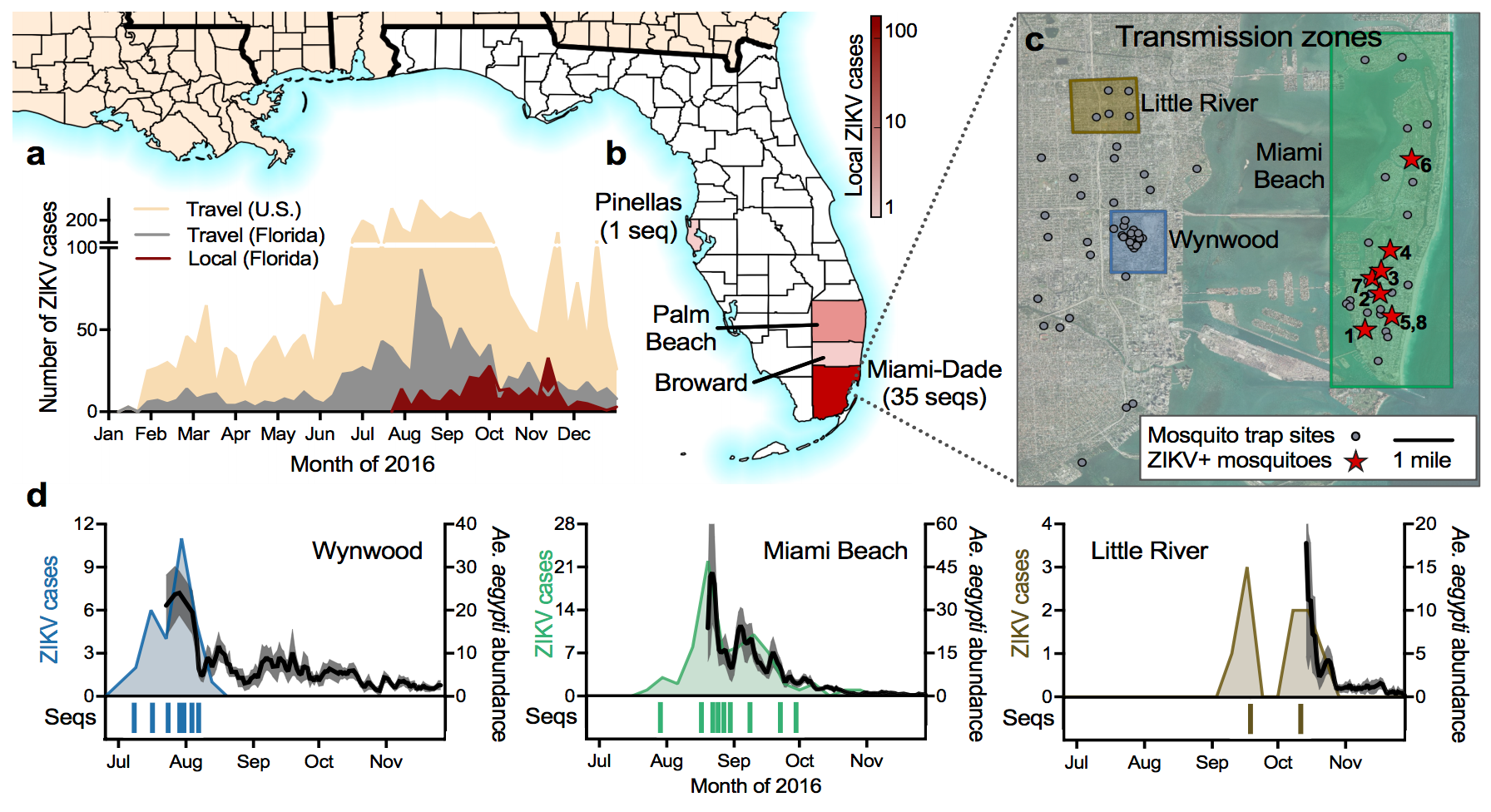
Phylogeny shows a surprising degree of clustering
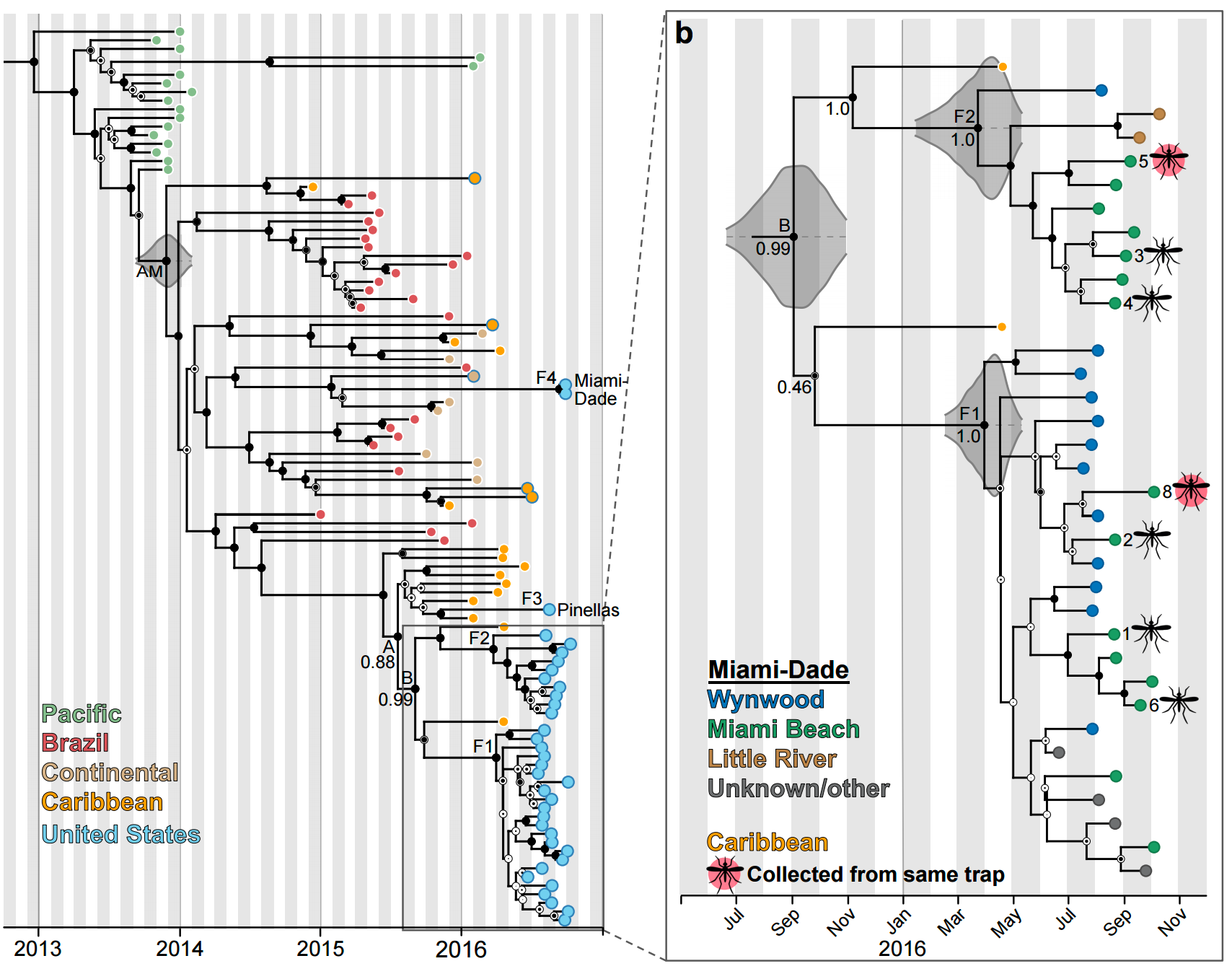
Clustering suggests fewer, longer transmission chains and higher R0

Extrapolate R0 to predict introduction counts driving outbreak
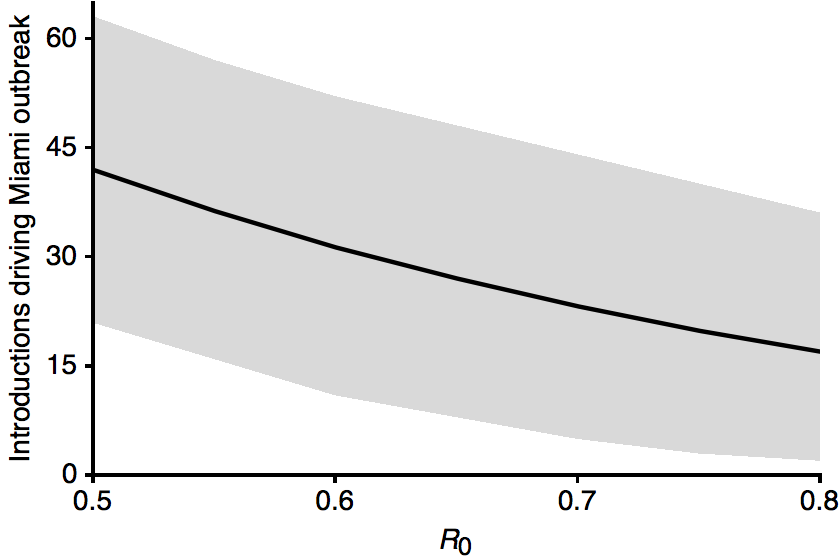
Flow of infected travelers greatest from Caribbean
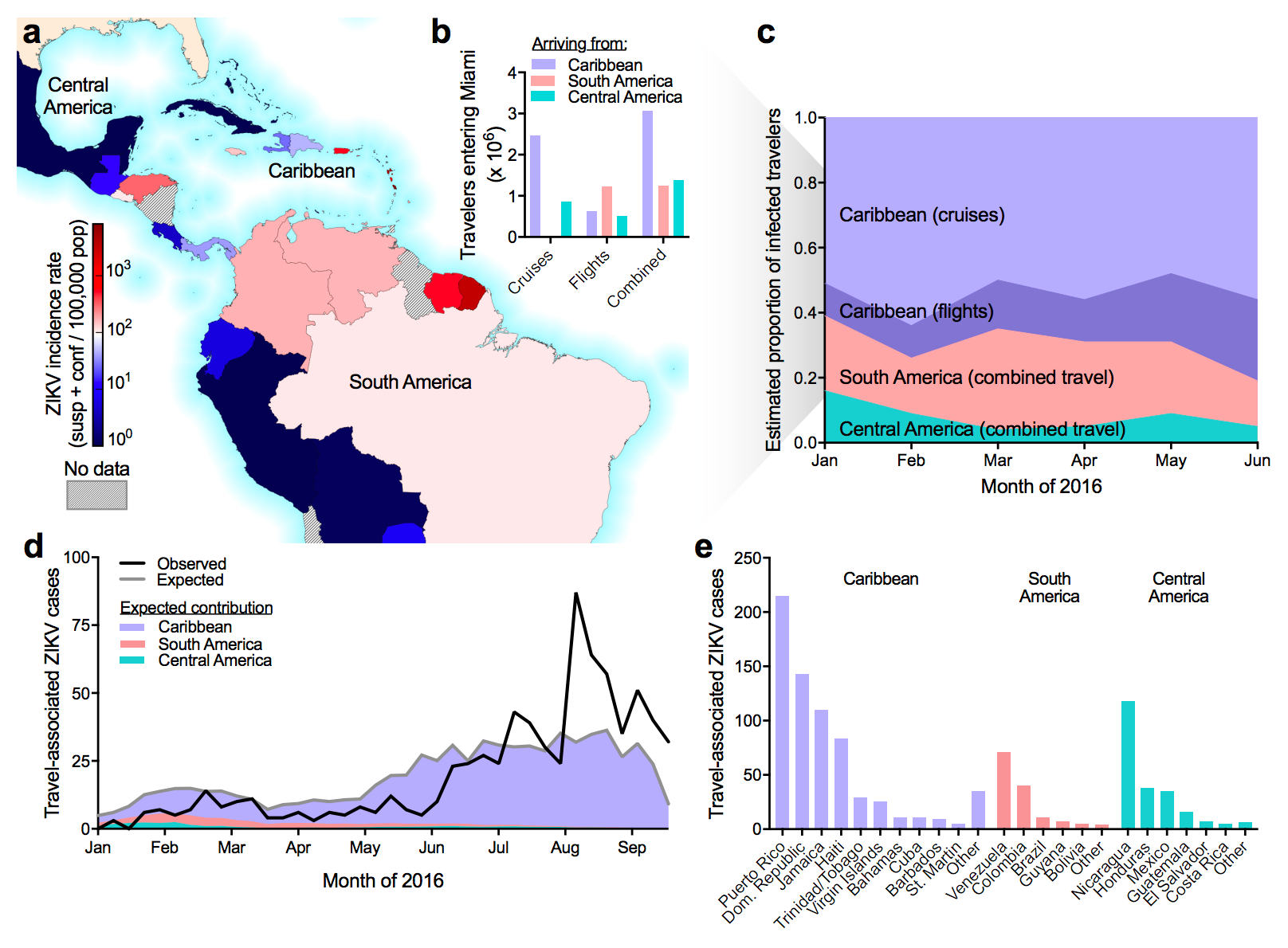
Southern Florida has high potential for Aedes borne outbreaks
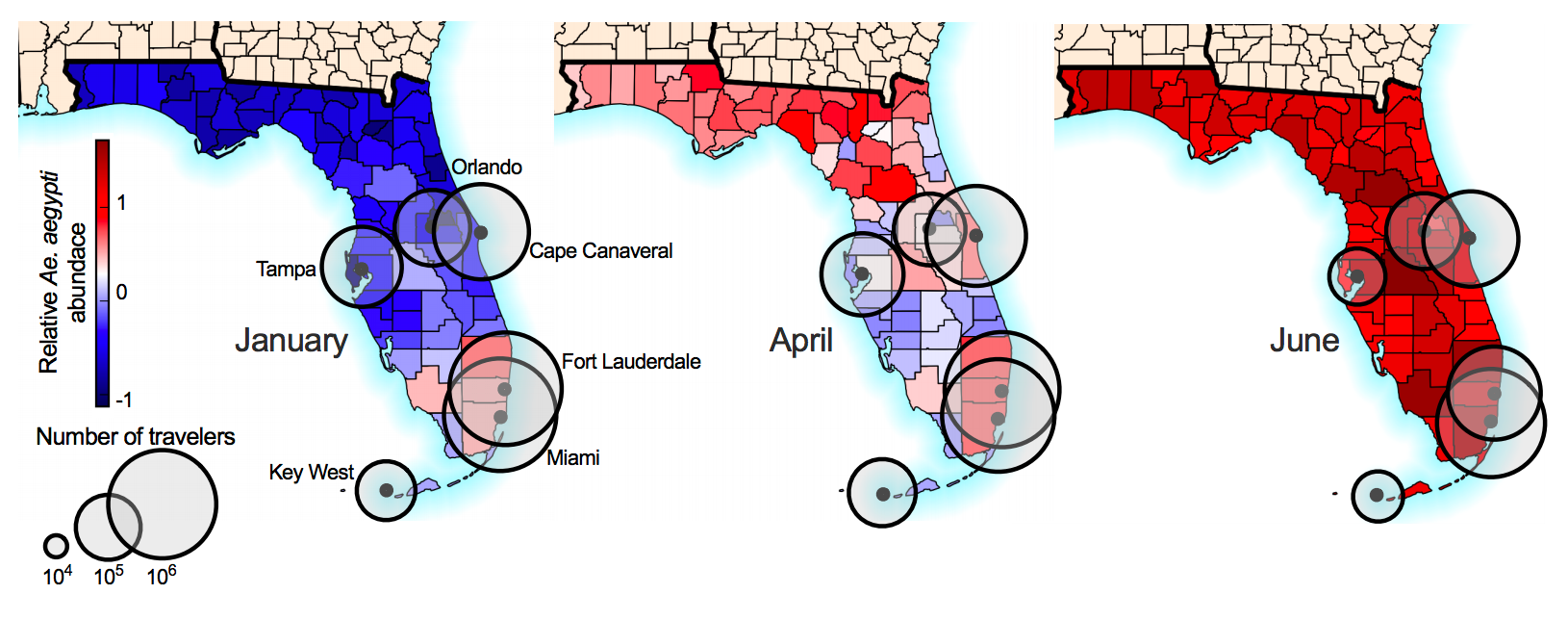
Important analyses, let's make them more rapid and more automated
Key challenges
- Timely analysis and sharing of results critical
- Dissemination must be scalable
- Integrate many data sources
- Results must be easily interpretable and queryable
nextstrain
Project to conduct real-time molecular epidemiology and evolutionary analysis of emerging epidemics
 Richard Neher,
Richard Neher,
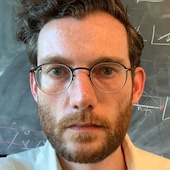 Trevor Bedford,
Trevor Bedford,
 Colin Megill,
Colin Megill,
 James Hadfield,
James Hadfield,
 Charlton Callender,
Charlton Callender,
 Sidney Bell,
Sidney Bell,
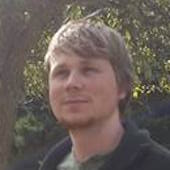 Barney Potter,
Barney Potter,
 Sarah Murata,
Sarah Murata,
Nextstrain architecture

nextstrain.org
Rapid on-the-ground sequencing by Ian Goodfellow, Matt Cotten and colleagues
Desired analytics are pathogen specific and tied to response measures
Acknowledgements
Ebola: data producers, Gytis Dudas, Andrew Rambaut, Luiz Carvalho, Philippe Lemey, Marc Suchard, Andrew Tatem, Nick Loman, Ian Goodfellow, Matt Cotten, Paul Kellam, Kristian Andersen, Pardis Sabeti, many others
Zika: data producers, Nick Loman, Nuno Faria, Oliver Pybus, Josh Quick, Allison Black, Kristian Andersen, Nathan Grubaugh, Gytis Dudas, many others
Nextstrain: Richard Neher, Colin Megill, James Hadfield, Charlton Callender, Sarah Murata, Sidney Bell, Barney Potter






Flu pandemics caused by host switch events
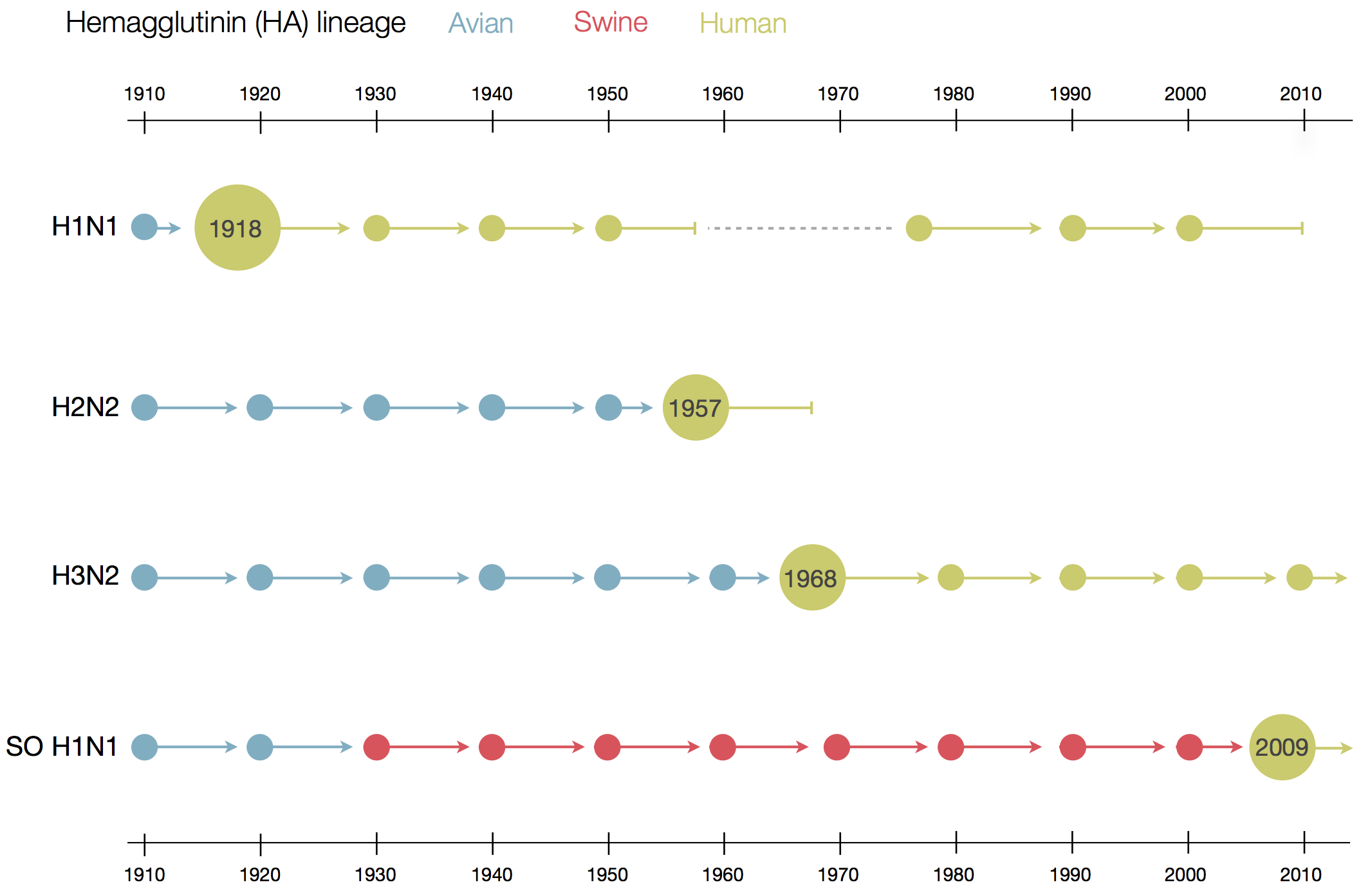
H1N1 reemergence in 1977
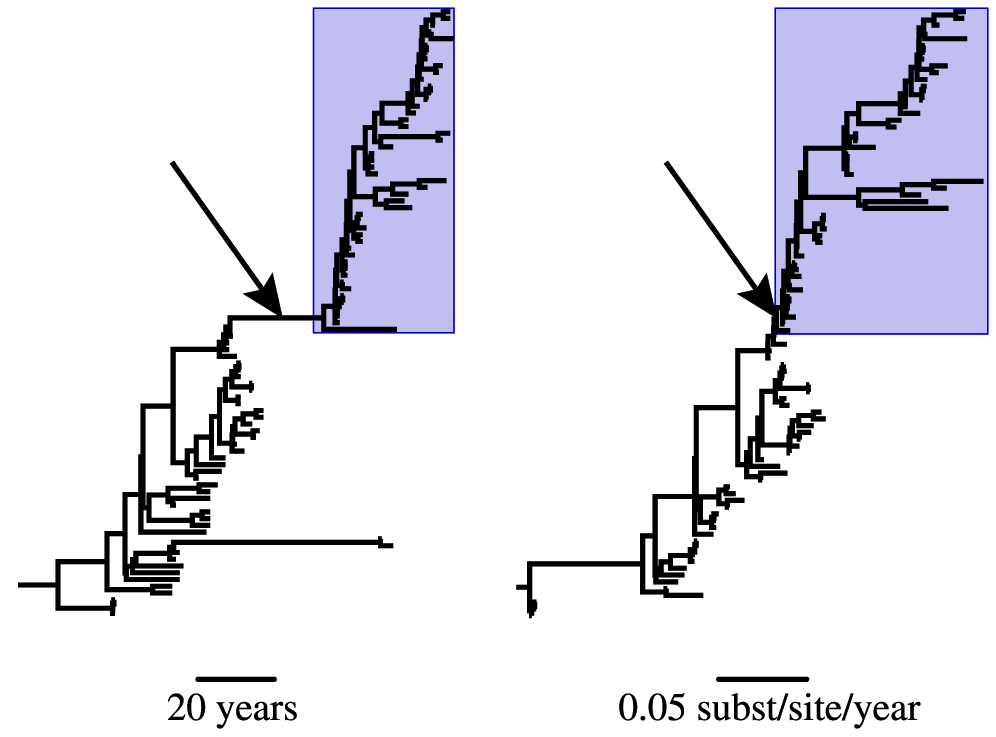
H1N1 reemergence in 1977
